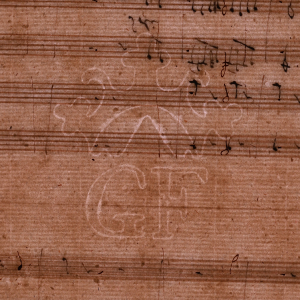- Function
-
- Composer
- Biography
João Evangelista Pereira da Costa (c.1798-1832) was an organist, pianist and composer. Considered a great talent, he was admitted to the Seminário Patriarcal in January 1815 but had left by October 1817 when his place was taken by Félix Joaquim Pedro de Carvalho (Vieira, i, p. 350, ii, p. 431; Fernandes 2009, ii, pp. 246-247). Costa’s career was already underway when he became a disciple of Carlo Coccia (1782-1873), concert master and composer of the S. Carlos theatre between 1820 and 1823 (Vieira 1900, i, pp. 282-283). From 1824 onwards his reputation grew through a series of patriotic compositions presented at the S. Carlos and Rua dos Condes theatres. A hymn dedicated to D. João VI in August 1825 (P-Ln, M.M. 340//10) was composed at the command of D. Maria de Assumpção, who probably supported Costa’s study period in Paris between 1825 and 1826. Not long after returning to Lisbon he became second master of the S. Carlos theatre and was also nominated organist of the Santa Igreja Patriarcal in November 1826 (Fernandes 2018, p. 291). A character portrait by Viscount Castilho depicts Costa as a romantic artist and celebrity in high society (Vieira, i, pp. 358-359). With the persecution of liberals under D. Miguel, Costa emigrated to France in 1828, where he died, at Calais, in 1832 (Vieira, i, p. 357). According to legend, as organist of the royal chapel, Costa introduced the Hino da Carta, composed by D. Pedro IV, while performing at a mass in the presence of D. Miguel.
The identification of Costa’s handwriting here is based on the appearance of P-Ln, F.C.R. 58, a hastily copied manuscript score of a Responsório para a Festa de Santo António dedicated to the 15th Conde de Redondo, D. José Luis de Sousa Coutinho; it contains numerous alterations that suggest it is the composer’s score. A manuscript score of Costa’s Constitutional Hymn (P-Ln, M.M. 340//1), from the composer’s cantata La Reggia di Astrea (1826), is contained in a wrapper written by Ernesto Vieira stating that it is an autograph. However, the handwriting differs from that in F.C.R. 58 and it lacks compositional corrections; its copyist is yet to be identified.
Cristina Fernandes, ‘O sistema produtivo da Música Sacra em Portugal no final do Antigo Regime: a Capela Real e a Patriarcal entre 1750 e 1807’, PhD thesis (Universidade de Évora, 2009).
Cristiana Fernandes, ‘As últimas sonoridades do absolutismo monárquico: A actividade musical na Patriarcal de Lisboa entre 1792 e 1834’, Revista portuguesa de musicologia, 5/2 (2018), pp. 253-298.
Maria José Quaresma de Carvalho Alves Borges Valentim, ‘A produção musical de índole política no período liberal: 1820-1851’, Masters dissertation (Universidade Nova de Lisboa, 2008).
Ernesto Vieira, Diccionario biographico de musicos portuguezes: historia e bibliographia da musica em Portugal, 2 vols. (Lisbon: Typographia Mattos Moreira & Pinheiro, 1900), i, pp. 349-359, ii, p. 431.
- Source(s)
- Handwriting identifiers
-
- C-Clef
-
- Other
- F-Clef
-
- Type 2
- G-Clef
-
- Type 2
- Images
-
-



























